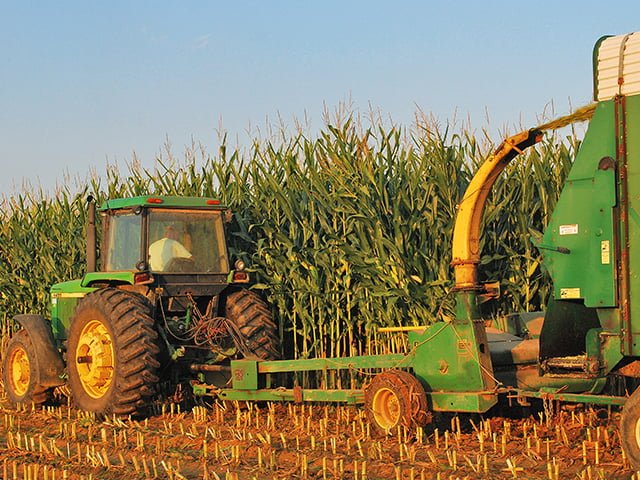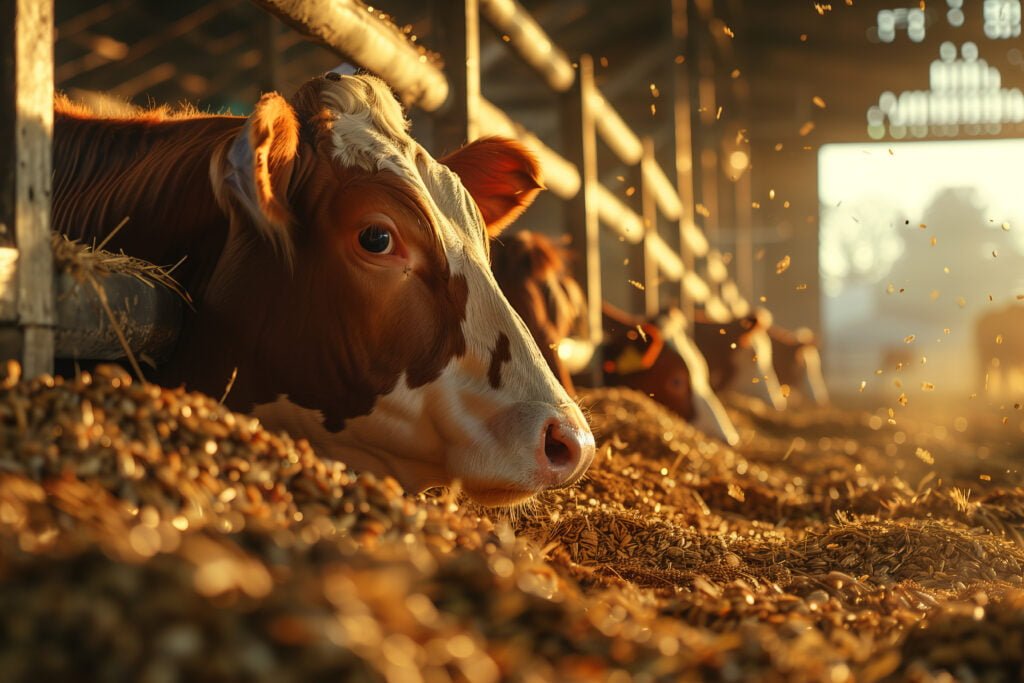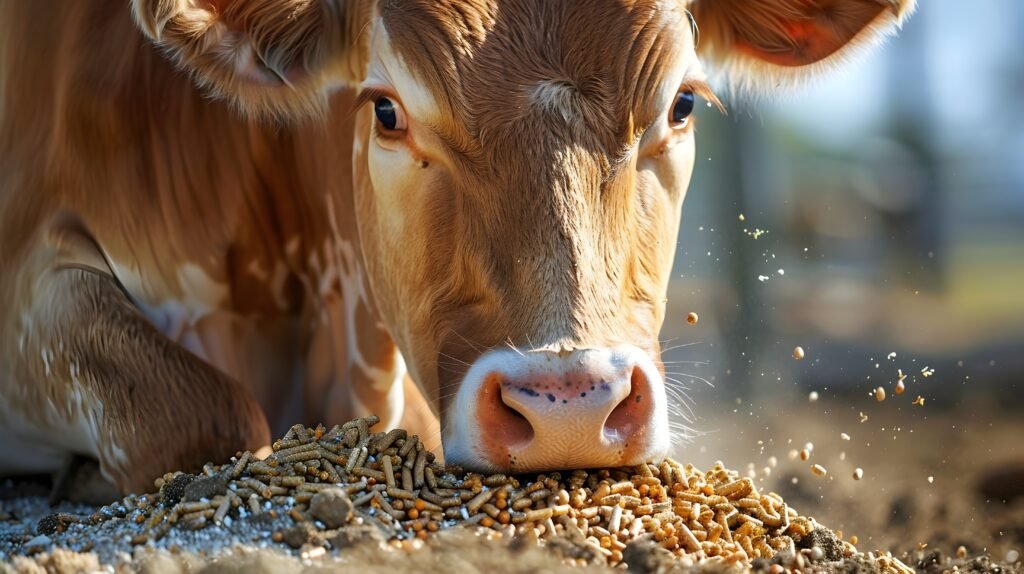Corn silage is one of the most important and widely used feeds in livestock farming. It is made by fermenting whole corn plants to preserve their nutrients, creating a high-energy, easily digestible feed for dairy cows, beef cattle, sheep, and goats.
With rising feed costs, farmers need affordable, nutrient-rich, and long-lasting options to keep their animals healthy and productive. Corn silage meets all these needs, making it a top choice for livestock nutrition.
What is Corn Silage?
Corn silage is a type of forage feed made by chopping and fermenting the entire corn plant (stalk, leaves, cobs, and kernels). The fermentation process increases digestibility, making it an excellent energy source for livestock.
At RAYA5, we ensure our corn silage is harvested at peak maturity, stored under controlled conditions, and sealed properly to retain its nutritional value.
Why is Corn Silage Important for Livestock?
Corn silage plays a vital role in livestock farming due to its nutritional benefits, cost-effectiveness, and ability to support digestion. Here’s why:
1. Rich in Energy for Maximum Productivity
Corn silage contains high levels of digestible carbohydrates that provide animals with long-lasting energy. This helps in:
✔ Increased milk production in dairy cows
✔ Faster weight gain in beef cattle
✔ Improved stamina and activity levels in livestock
2. Cost-Effective Feeding Solution
Compared to commercial grain-based feeds, corn silage is more affordable and helps farmers save on feed costs while still providing essential nutrients. Proper storage ensures it lasts for months, reducing waste.
3. Supports Digestive Health in Ruminant Animals
The fiber content in corn silage promotes healthy digestion and prevents digestive issues like acidosis in cattle. It also encourages:
✔ Better rumen function
✔ Improved nutrient absorption
✔ Reduced digestive stress
4. Balanced Nutritional Profile
Corn silage is a well-balanced feed that contains:
✅ Carbohydrates – For sustained energy
✅ Protein – For muscle growth and repair
✅ Fiber – For better digestion
✅ Minerals – Essential for bone strength and immune support
5. Enhances Feed Efficiency
Livestock digest corn silage easily, meaning they can absorb more nutrients from it compared to other forages. This boosts feed efficiency, reducing the amount of feed required per animal.
6. Ideal for Winter Feeding
During cold seasons, fresh green fodder may not be available. Corn silage acts as a stored energy source, keeping animals well-fed and productive all year round.
How to Use Corn Silage in Livestock Feeding
To get the best results, follow these guidelines when feeding corn silage to your animals:
1. Feed the Right Amount
- Dairy Cows: 40-60% of total diet
- Beef Cattle: 30-50% of total diet
- Sheep & Goats: 20-30% of total diet
(Always adjust based on your livestock’s nutritional needs and health status.)
2. Store Properly for Maximum Freshness
Proper storage is crucial to prevent spoilage and maintain high nutritional value. Here’s how:
✔ Use airtight silos or plastic-covered pits
✔ Keep the silage compacted to remove air
✔ Store in a cool, dry place
3. Mix with Other Feeds for a Balanced Diet
While corn silage is highly nutritious, combining it with alfalfa hay, soybean meal, or mineral supplements can create a more balanced diet.
For top-quality forage, check out our Alfalfa Hay, which pairs well with corn silage for better livestock nutrition.
Frequently Asked Questions (FAQs)
Q1: Can All Livestock Eat Corn Silage?
Yes, corn silage is suitable for cattle, dairy cows, sheep, and goats. However, it should be fed in appropriate amounts based on the species and diet plan.
Q2: How Long Can Corn Silage Be Stored?
With proper storage, corn silage can last up to 12 months without losing its nutritional value.
Q3: How Do I Know If My Silage is of Good Quality?
Good quality silage should be moist, greenish-brown, and have a pleasant, fermented smell. Spoiled silage will have a foul odor, mold, or excessive heat.
Corn Silage – A Smart Choice for Livestock Farmers
Corn silage is one of the best feed options for livestock due to its high energy content, affordability, and ability to improve animal health. By incorporating high-quality silage into your feeding program, you can ensure:
✅ Stronger, healthier animals
✅ Better milk and meat production
✅ Reduced feed costs
🌿 Get the Best Quality Corn Silage Today!
At RAYA5, we provide premium-quality corn silage for farmers looking to boost their livestock’s nutrition and productivity.
📞 Contact us today for orders and bulk pricing: Click Here




